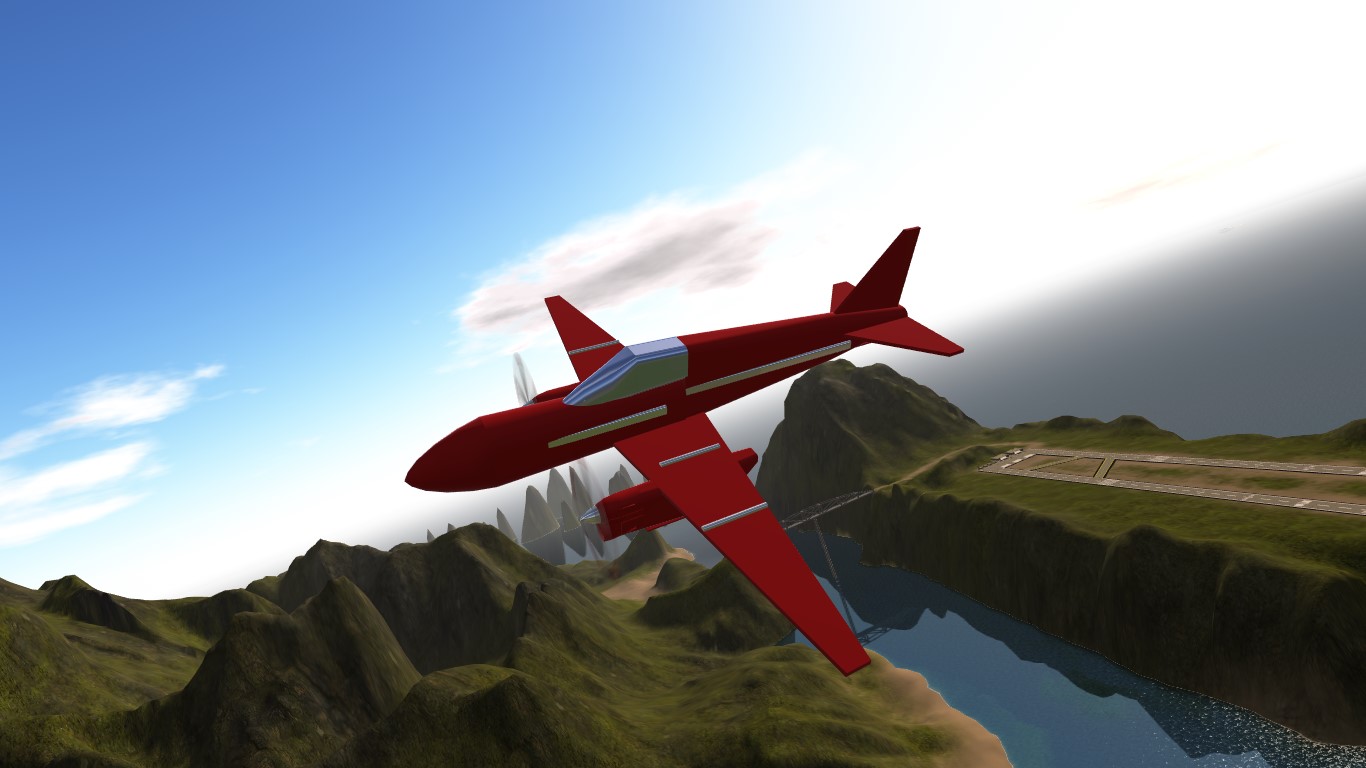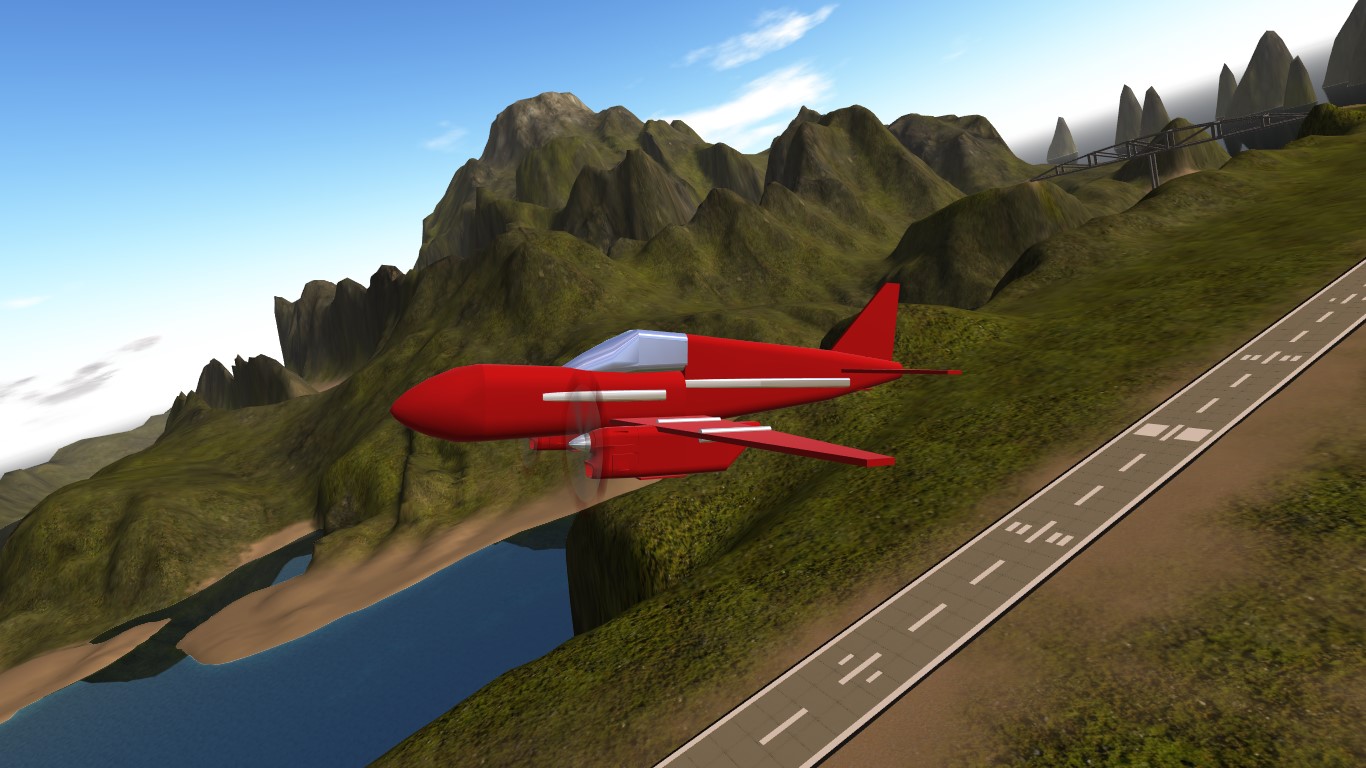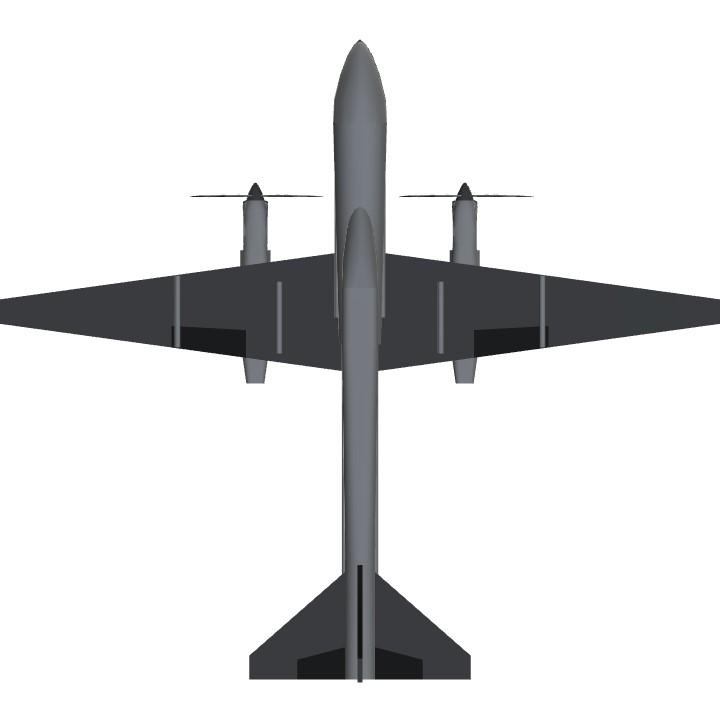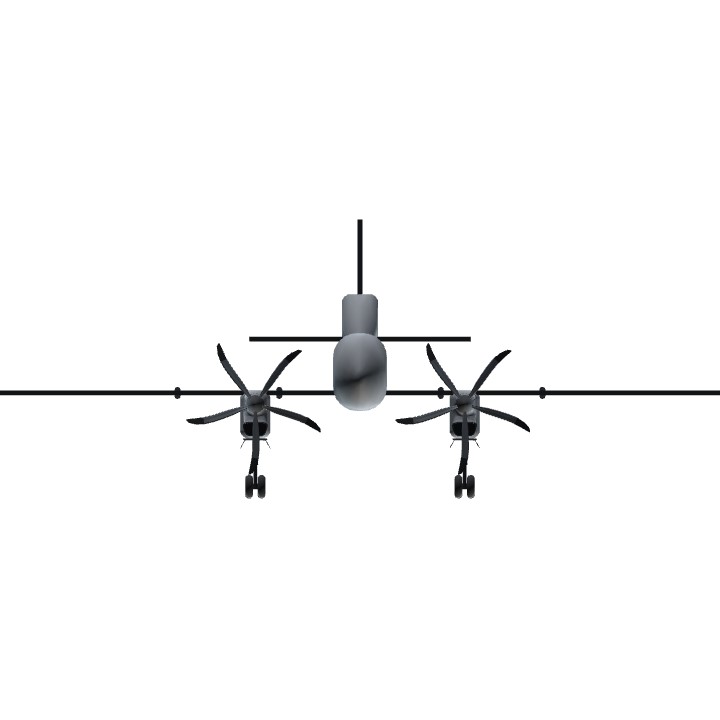The de Havilland DH.88 Comet is a British two-seat, twin-engined aircraft built by the de Havilland Aircraft Company. It was developed specifically to participate in the 1934 England-Australia MacRobertson Air Race from the United Kingdom to Australia.
Development of the DH.88 Comet was initiated at the behest of British aviation pioneer Geoffrey de Havilland, along with the support of de Havilland's board, being keen to garner prestige from producing the victorious aircraft as well as to gain from the research involved in producing it. The Comet was designed by A. E. Hagg around the specific requirements of the race; Hagg produced an innovative design in the form of a stressed-skin cantilever monoplane, complete with an enclosed cockpit, retractable undercarriage, landing flaps, and variable-pitch propellers.
Specifications
Spotlights
- Mobilepilot 5.5 years ago
General Characteristics
- Created On Windows
- Wingspan 49.4ft (15.0m)
- Length 44.0ft (13.4m)
- Height 19.0ft (5.8m)
- Empty Weight 7,565lbs (3,431kg)
- Loaded Weight 13,085lbs (5,935kg)
Performance
- Horse Power/Weight Ratio 0.403
- Wing Loading 39.7lbs/ft2 (193.8kg/m2)
- Wing Area 329.6ft2 (30.6m2)
- Drag Points 3938
Parts
- Number of Parts 33
- Control Surfaces 5
- Performance Cost 281







Great plane
Nice dude!